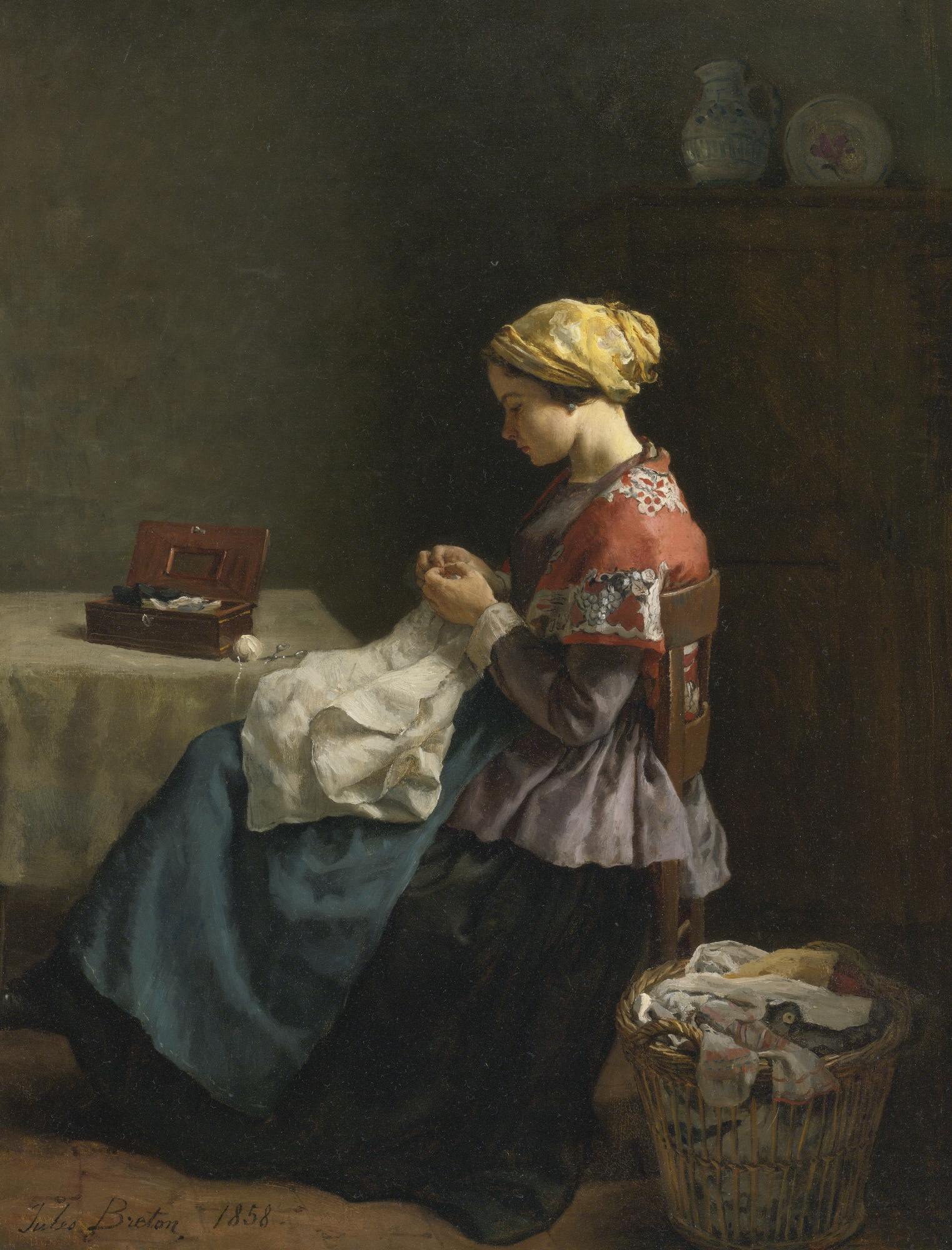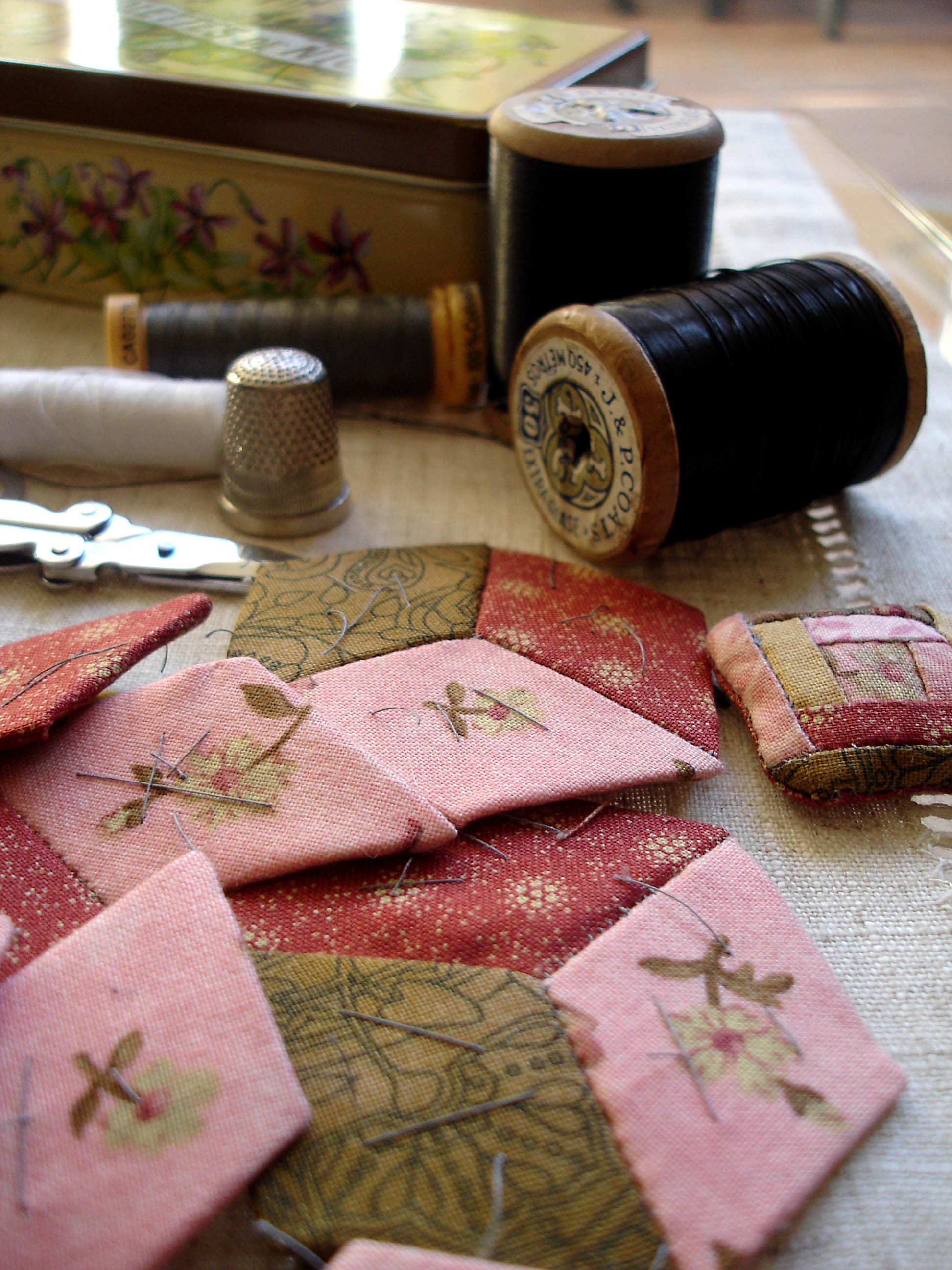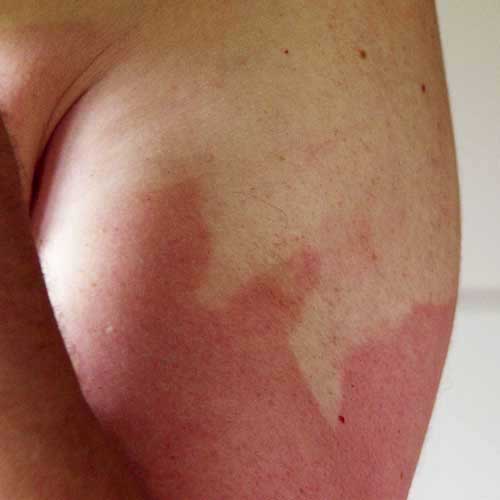For those who are so misfortunate as to have never encountered one, allow me to provide a definition. A sewing box is a toolbox for needlework. It may take the form of a box, a basket, or – if one happens to have friends with deep pockets and dainty taste – an elegant table, an egg, or even a converted walnut shell. (In the case of the person with deep pockets and no taste, there is such a thing as a rhino foot sewing box.)
I have recently managed to acquire one of these delectable items (a box, not the disjecta membra of maimed African megafauna) and I don’t know how I managed for so long without one.
Continue & Comment


